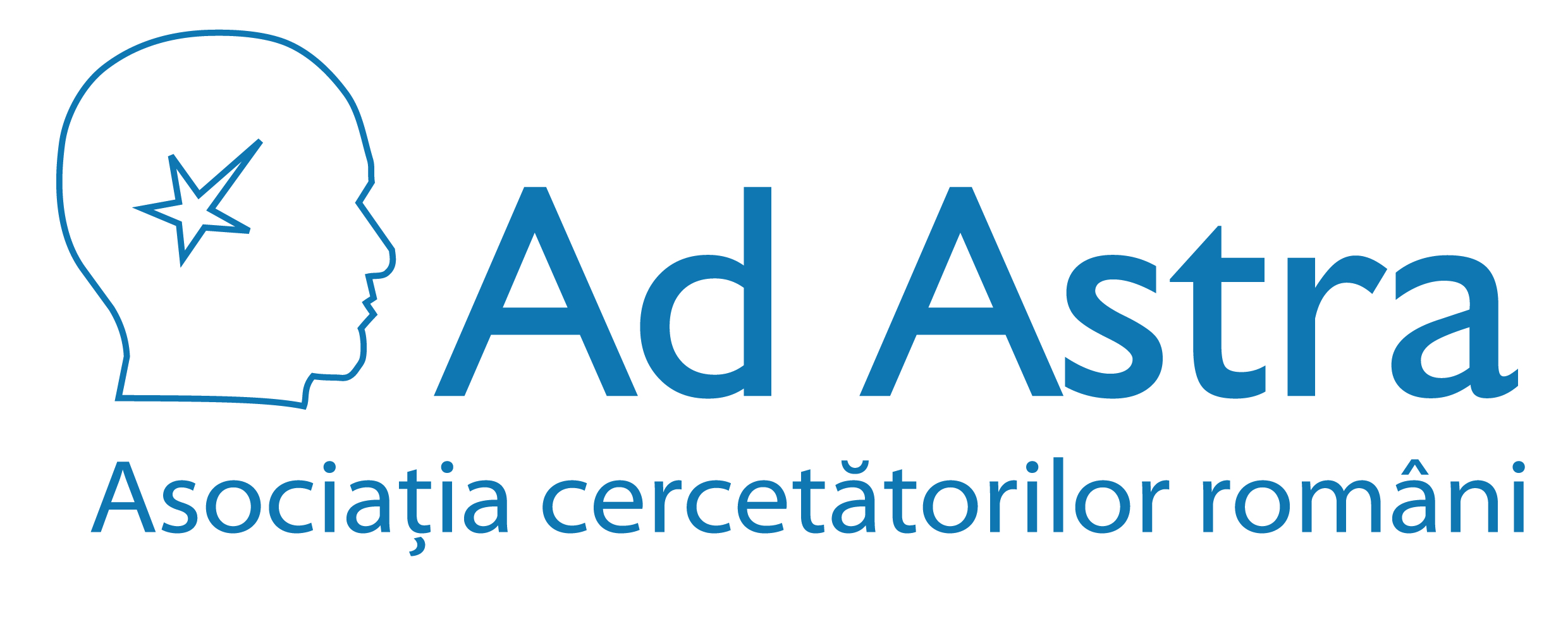Scopul nostru este sprijinirea şi promovarea cercetării ştiinţifice şi facilitarea comunicării între cercetătorii români din întreaga lume.
Staff Login
Publicatii proprii
Schöpfung und Geburt. Anthropologische Begrifflichkeit in Psalm 139,13-16
According to Gen 1, the “classical” story of the origin of humanity, God began and finished the creation of man on the sixth day. In this view, creation is a one-time divine act dated to the dawn of history. Psalm 139,13-16 provides an alternative concept regarding human origins. The ideas permeating this Psalm are less widespread in the Bible, and they were far less influential for later theological works than the classical biblical accounts
Read moreSurvival of the Fittest: Habakkuk and the Changing Trail of the Prophetic Tradition
This article addresses the question why and how earlier prophecies of judgment against Judah, in which the foreign nations appear as agents of YHWH's punishment, came to be reinterpreted and placed in the context of prophecies proclaiming God's judgment on those foreign nations. It is argued here that the well-known literary complexities and logical shifts of the book of Habakkuk should not be explained by a long redactional history. Rather they
Read moreAncient Human Footprints in Ciur-Izbuc Cave, Romania
In 1965, Ciur-Izbuc Cave in the Carpathian Mountains of Romania was discovered to contain about 400 ancient human footprints. At that time, researchers interpreted the footprints to be those of a man, woman and child who entered the cave by an opening which is now blocked but which was usable in antiquity. The age of the prints (c. 10–15 ka BP) was based partly on their association with cave bear (Ursus spelaeus) footprints and bones, and the belief
Read moreStructural basis for the SOX-dependent genomic redistribution of OCT4 in stem cell differentiation
In pluripotent cells, OCT4 associates with SOX2 to maintain pluripotency or with SOX17 to induce primitive endoderm commitment. The OCT4-SOX2 and OCT4-SOX17 combinations bind mutually exclusive to two distinct composite DNA elements, known as the "canonical" and "compressed" motifs, respectively. The structural basis for the OCT4-SOX17 cooperativity is unknown. Whereas SOX17 has been engineered to replace SOX2 in the pluripotency circuitry, all generated
Read moreRational Choices in Field Archaeology
In the present article I attempt to apply advances in the study of instrumental and epistemic rationality to field archaeology in order to gain insights into the ways archaeologists reason. The cognitive processes, particularly processes of decision making, that enable archaeologists to conduct the excavation in the trench have not been adequately studied so far. I take my cues from two different bodies of theory. I first inquire into the potential
Read moreRecording the Excavations in Troy: 1855-2010
This article emerges out of a discussion within the team in Troy in response to recent developments in the practice and theory of recording archaeological excavations, as well as in the technology that makes them possible. Methodological awareness must be fostered by analytical concerns and its results offered for public scrutiny; any recording system is thus re-cast as the encapsulation of this methodological awareness. Before thoroughly modernizing
Read moreThe social construction of disability in prehistoric societies – what funerary archaeology can and cannot say
This article attempts to create a methodological framework for the investigation of a large sample of prehistoric cemeteries in order to evaluate a possible correlation between atypical burials and skeleton palaeopathology and the reconstruction of social attitudes towards individuals with impairments in prehistoric societies. Various statistics suggest that impairments affect 10-12% of the world population today, and this percentage must also have
Read moreHomer and Archaeology: Perspectives from the East Aegean – West Anatolian Interface
This article concerns the contribution Anatolian archaeology can make to Homeric studies. It consists of three parts. The first part presents the prerequisites for such a discussion, namely Troy's identification with Hisarlik (I.1), the date and historicity of Homer (I.2), and the relationship between Homer and Aegean archaeology (1.3), and between Homer and Near Eastern archaeology (1.4). It concludes with a description of the Anatolian influences
Read more
